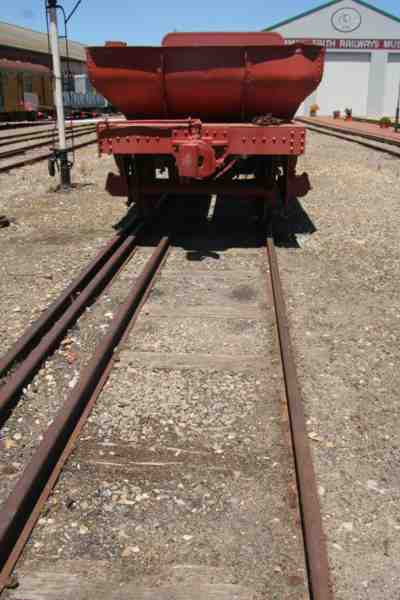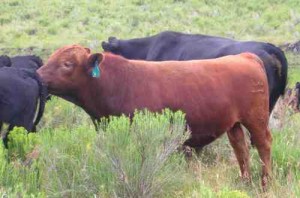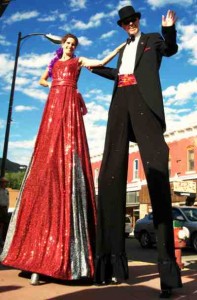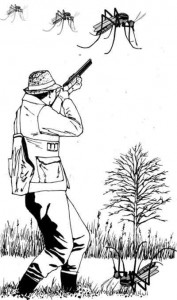Letter from Kenneth Jessen
Transportation – August 2007 – Colorado Central Magazine
Editors:
I was fascinated by the July edition covering the history of railroads in south-central Colorado. Otto Perry’s 1952 photograph taken of a Rio Grande passenger train clearly shows the dual gauge used in the Salida yards to accommodate both standard and narrow gauge trains. Colorado was lucky in that it had to contend with only two gauges. Granted, there was an extensive two-foot tram system in the Central City-Black Hawk area, but it did not complicate matters in other parts of the state.

Be glad we didn’t end up like Australia. Most of the country uses narrow gauge (3½’), but the government elected to use standard gauge for the transcontinental line across the country. As a result, port areas on both coasts are dual gauge.
During its development, New South Wales elected to use five-foot three-inch broad gauge. This system once covered the southeastern coast, and when the standard-gauge transcontinental line was constructed into Adelaide, a dual-gauge track system was necessary.
Sugar cane is grown on the York Peninsula. Portable 2′ gauge snap track (track that comes in sections) is used extensively in the cane fields to bring the harvest to the sugar factories. It is also used to take refined sugar to port areas. This system is over 200 miles in length.
The enclosed photograph shows just how messy multiple gauges can get. It was taken at the Australia Railroad Museum in Port Adelaide showing three of the country’s four active gauges. (The 2′ gauge is missing since it is regional.)
Sincerely,
Kenneth Jessen
Loveland




